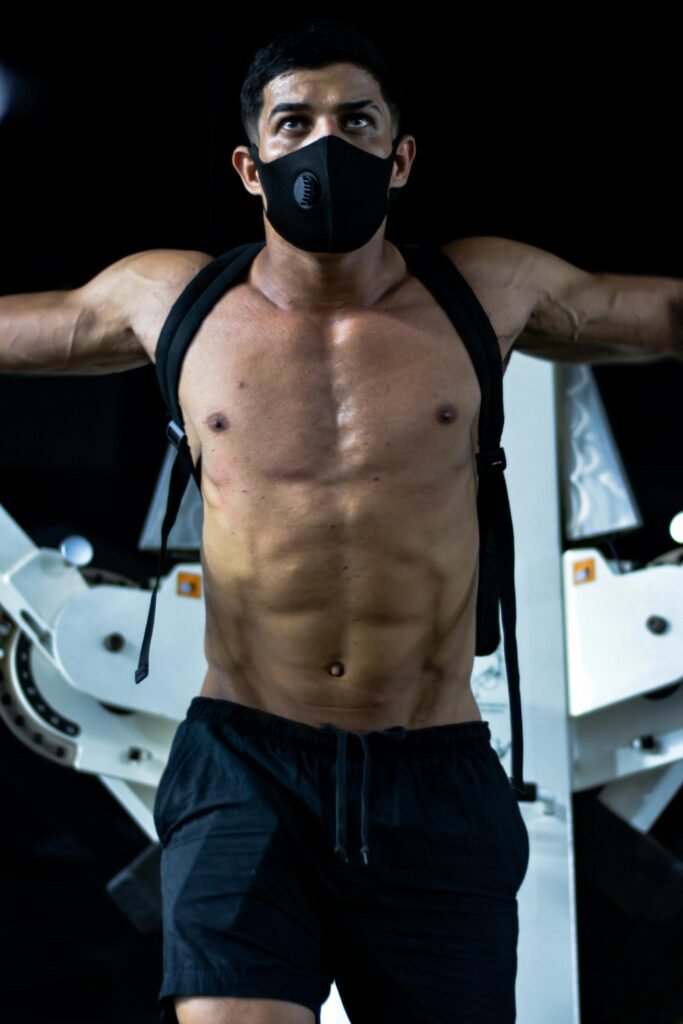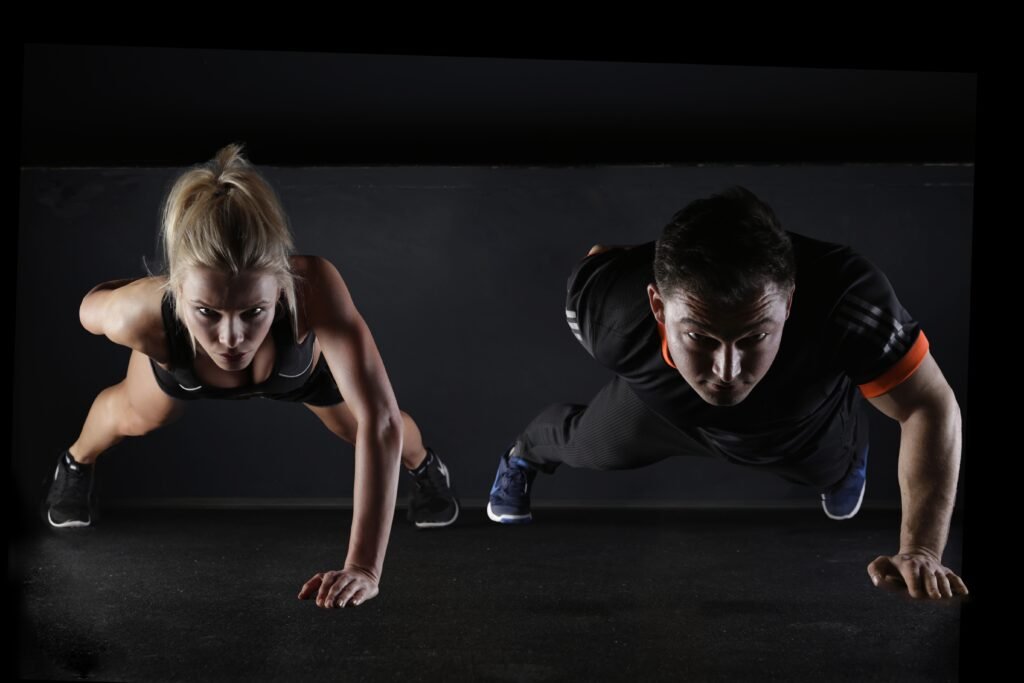Introduction
In today’s fitness culture, six-pack abs are often portrayed as the ultimate sign of peak physical health. From social media influencers to fitness magazines, chiseled abs symbolize discipline, strength, and aesthetic perfection. But do visible abs actually mean you’re healthy? Or is there more to the story?
This article dives into the reality of six-pack abs—their health benefits, potential downsides, and whether striving for them is truly worth it.
What Are Six-Pack Abs?
Six-pack abs refer to the visible definition of the rectus abdominis, the front-facing abdominal muscles. Achieving this look requires a low body fat percentage, typically:
- Men: Around 6–13% body fat
- Women: Around 14–20% body fat
Getting visible abs isn’t just about core workouts. It involves:
✔ Fat loss through calorie control and diet
✔ Full-body workouts (not just ab exercises)
✔ Genetics, which influence how and where your body stores fat
Many people mistakenly believe that doing endless sit-ups will give them abs. In reality, diet and overall fat loss play a bigger role.
Are Six-Pack Abs Healthy? The Benefits
1. Stronger Core & Better Posture
A well-developed core improves posture and stability, reducing the risk of back pain and injuries. According to a 2019 study in the Journal of Strength and Conditioning Research, a strong core enhances functional movement and athletic performance (source).
👉 Personal Insight: When I focused on core training (planks, hanging leg raises, and Russian twists), I noticed better posture and reduced back discomfort.
2. Improved Fitness & Athletic Performance
Getting six-pack abs requires a combination of strength training, cardio, and proper nutrition, which contributes to:
✅ Better endurance
✅ Enhanced flexibility and agility
✅ Stronger overall body function
3. Boosted Confidence & Motivation
Let’s be honest—having visible abs feels good. Many people experience a confidence boost when they achieve a well-defined midsection.
✔ A study published in the American Journal of Health Promotion (2021) found that visible fitness progress increases motivation to maintain a healthy lifestyle (source).
👉 Real-Life Example: A friend of mine started training for abs, but the real transformation happened in his mindset—he became more disciplined in both fitness and life.
The Downsides of Six-Pack Abs
1. Extreme Dieting Can Be Unhealthy
Getting to the low body fat percentage required for abs often means:
🚫 Calorie restriction
🚫 Cutting out entire food groups
🚫 Unhealthy focus on diet
📌 Harvard Health Publishing (2020) warns that essential body fat is necessary for:
- Hormone balance
- Immune function
- Energy regulation
(source).
📌 In women, extremely low body fat can cause menstrual irregularities and hormonal imbalances (American College of Sports Medicine, 2019).
👉 Real-Life Case: A fitness enthusiast I knew achieved shredded abs but struggled with low energy and constant hunger—eventually, he had to adjust his diet for better long-term health.
2. Risk of Overtraining & Injuries
Many people overtrain their abs, thinking that daily crunches will get them results faster. However, excessive ab workouts can lead to:
⚠ Muscle imbalances (ignoring other muscle groups)
⚠ Lower back strain
⚠ Chronic fatigue from inadequate recovery
📌 According to the American Council on Exercise (ACE, 2021), overtraining elevates cortisol levels (stress hormone), which can actually increase belly fat instead of reducing it (source).
3. Mental Health Impact: Obsession Over Appearance
The pressure to maintain a shredded physique can lead to:
🚨 Body dysmorphia (an unhealthy obsession with appearance)
🚨 Anxiety about gaining fat
🚨 Social isolation (skipping events to stick to a diet plan)
✔ Studies from the National Eating Disorders Association (NEDA, 2021) link extreme dieting and fitness obsession to increased anxiety and depression (source).
👉 Personal Perspective: I’ve seen people push themselves too hard to maintain their abs, sacrificing social life and mental well-being. Balance is key.
A Smarter Approach: How to Get Strong Abs Without Sacrificing Health
1. Focus on Core Strength, Not Just Abs
Instead of just aiming for “six-pack abs,” train for overall core strength with:
✔ Planks (best for full-core engagement)
✔ Deadlifts & Squats (build core stability)
✔ Russian Twists & Hanging Leg Raises
👉 Tip: A strong core improves posture, performance, and endurance—not just aesthetics.
2. Eat for Health, Not Just Fat Loss
Avoid extreme dieting. Instead, aim for balanced nutrition:
🥩 Lean Proteins (chicken, fish, eggs, tofu)
🥑 Healthy Fats (avocados, nuts, olive oil)
🥦 Fiber-Rich Vegetables (broccoli, spinach, carrots)
🍚 Complex Carbs (quinoa, brown rice, oats)
👉 Personal Tip: Eating enough calories while staying active helps build muscle and maintain energy—not just burn fat.
3. Prioritize Recovery & Rest
✔ Take rest days to allow muscle recovery
✔ Get 7–9 hours of sleep to optimize hormone balance
✔ Hydrate to support metabolism and muscle function
📌 Research Insight: A study in the Journal of Sports Science & Medicine (2022) found that proper sleep enhances muscle growth and fat metabolism (source).
Learn More: Discover our article on hydration and recovery.
Final Verdict: Are Six-Pack Abs Worth It?
Six-pack abs are visually impressive, but they’re not the only measure of health. True fitness is about:
✅ Strength & endurance
✅ Mental well-being
✅ Sustainable nutrition & recovery
If your goal is abs, go for it—but not at the cost of your health. Focus on a balanced approach that builds strength and confidence without extreme dieting or overtraining.
🚀 Your Challenge: Instead of just chasing six-pack abs, aim for a stronger, healthier core—your body (and mind) will thank you.
What’s Your Take?
Do you think six-pack abs are worth the effort? Share your thoughts in the comments below! 💬
👉 For more fitness tips, check out HealthFitnessMax.com.



